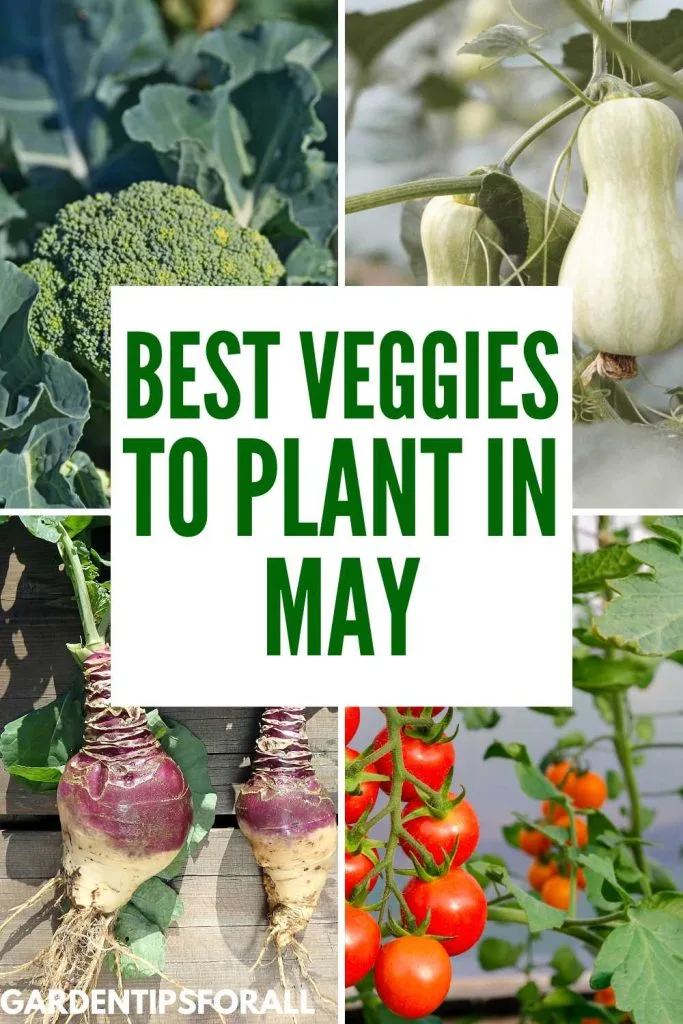Best Veggies to Plant in May
Today we are taking a look at some of the best vegetables to plant in May. If you are wondering if the weather in May is too hot to start planting a garden or to add plants to the garden you have already started then the answer likely depends on what region of the US you live in.
In warmer regions of the country May could be a little too hot to start some vegetables from seed while in other areas where spring comes later and the danger of frost lingers into the middle of April, May could turn out to the very best month to plant the bulk of your garden.
Here is a list of vegetables you may want to consider planting in May.

Related Articles:
9 Best Vegetables to Plant in May
#1. Cherry Tomatoes
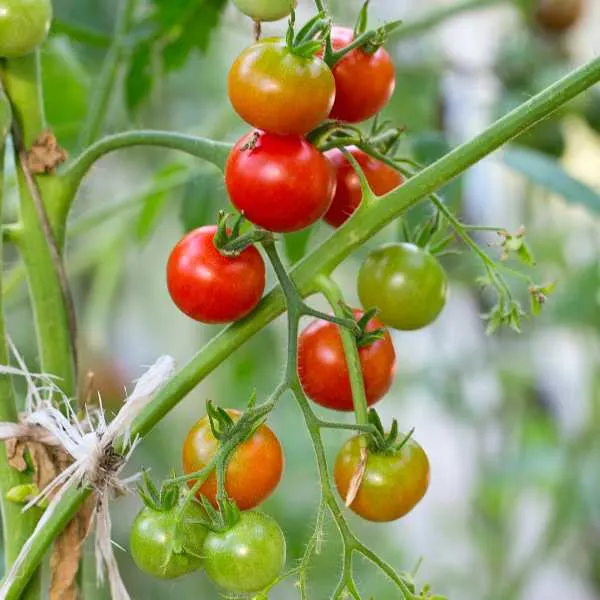
Cherry tomatoes are little globes of tastiness that are often used in salads, on vegetable platters, kebabs as well as a variety of other dishes. These little tomatoes can be grown in pots and green houses as well as in your garden.
Cherry tomatoes can be grown successfully in zones 2 through 11. Plant your Cherry tomato plants in a loamy well-drained area of your garden that gets plenty of sun.
The best thing about planting cherry tomatoes instead of the larger varieties is that these little tomatoes will be ready to harvest in just two months.
#2. Butternut Squash

Butternut squash is one of the many varieties of winter squash. This golden yellow vegetable can be started under cover in April or planted without the need for cover in May to be ready for a fall harvest.
This type of squash can be prepared in a number of different ways including boiled and mashed, baked, roasted and turned into soups.
Butternut squash can be grown in zones 2 through 11 and prefers to be planted in rich well-drained soil and a lot of sun. It takes this vegetable between 60 and 110 days to mature and be ready to harvest.
#3. Rutabaga

A rutabaga is a root vegetable that is rich in fiber, potassium, magnesium and vitamin A, C, and B6. Although this vegetable is not very attractive to look at it has a pleasant sweet taste and is extremely versatile.
Rutabagas can be mashed, made into fries, turned into veggie noodles, roasted, made into gratins and used to make pies and cakes.
Rutabagas grow well in zones 3 through 9 and when planted in late may they will be ready for a fall harvest. Rutabagas prefer 6 hours of sun per day and well-drained soil.
#4. Baby Corn
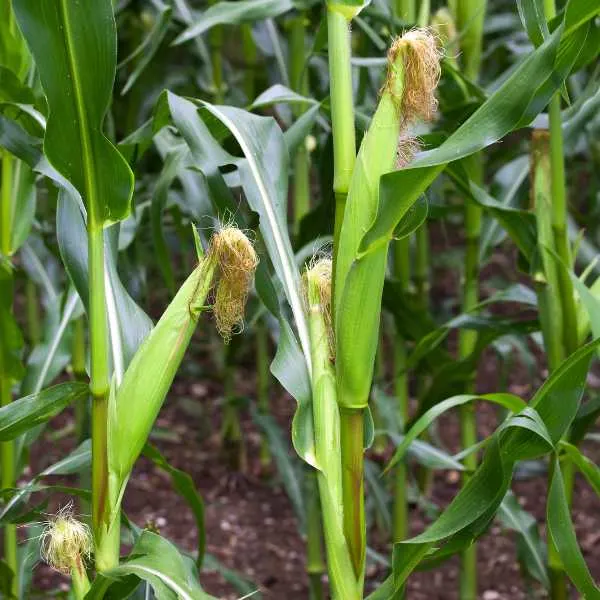
Baby corn comes in a number of small ear varieties and is a fun vegetable to grow especially for gardeners who have a shorter growing season than may be required to grow regular corn.
Baby corn can be used in soups and stews. They can also be sautéed, steamed, roasted, blanched, boiled, stir fried, or deep-fried.
Baby corn can be grown in zones 4 through 8 and you can plant this corn as seeds or when already sprouted. Make sure the area you choose to plant your baby corn has rich soil and gets full sunlight.
In about 90 days this vegetable will be able to be harvested once the corn stalks reach 4 or 5 feet high.
#5. Pumpkins

If you have a large garden with plenty of space pumpkins are great crops to plant in May. While most people think of pumpkins as large round fruit, they actually come in several colors including white, blue, pink and red.
While pumpkins are often used for carving or decorating porches and tables they also make wonderful additions to your families diet and can be used in soups, side dishes, roasted or as a major ingredient in pie.
A type of winter squash, Pumpkins can be grown in zones 3 through 9. And given enough warmth, sunshine, space and moisture this tasty variety of winter squash takes between 60 and 70 days to reach maturity.
#6. Sweet Potatoes

Sweet potatoes are what are known as a warm season grower. This vegetable is a favored side dish at Thanksgiving, but the truth is it can be a tasty addition to any meal at any time of the year.
Sweet potatoes can be roasted, baked, made into sweet potato fries, dips, bisque, and hash, mashed and even used as a major ingredient in pie.
Sweet potatoes grow best in zones 8 through 11 and should be planted once the soil temperature reaches at least 60 degrees Fahrenheit.
Grow you sweet potato plants in well-drained sandy soil where the plants gets either full sun or partial shade. Make sure your plants get at least 1 inch of water a week.
#7. Eggplant
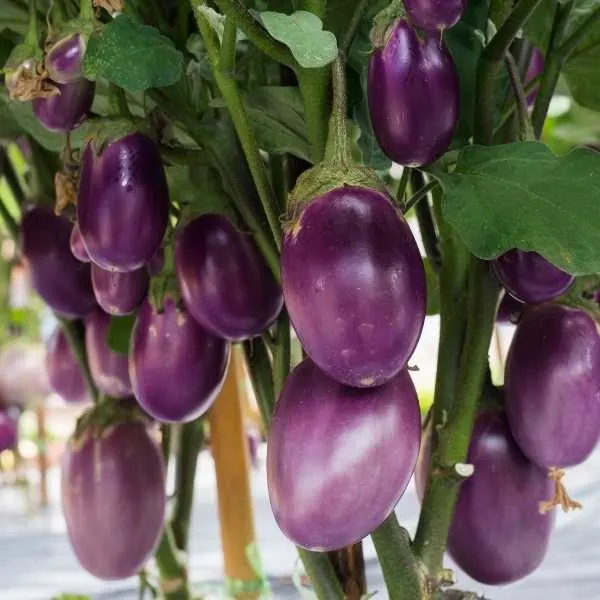
The eggplant is a vegetable that comes in a variety of different shapes and sizes with most people recognizing the larger purple colored vegetable instantly.
While the leaves, stems, flowers and roots of this vegetable are toxic the vegetable itself is tasty and can be prepared in a number of different ways including roasted, grilled, baked, fried and stir fried.
This perennial vegetable needs a hotter climate in which to thrive so grows best in zones 9b through 12a. Eggplants prefer temperatures of 70 to 90 degree Fahrenheit during the daytime and night temperatures that are about 60 degrees Fahrenheit.
#8. Lettuce
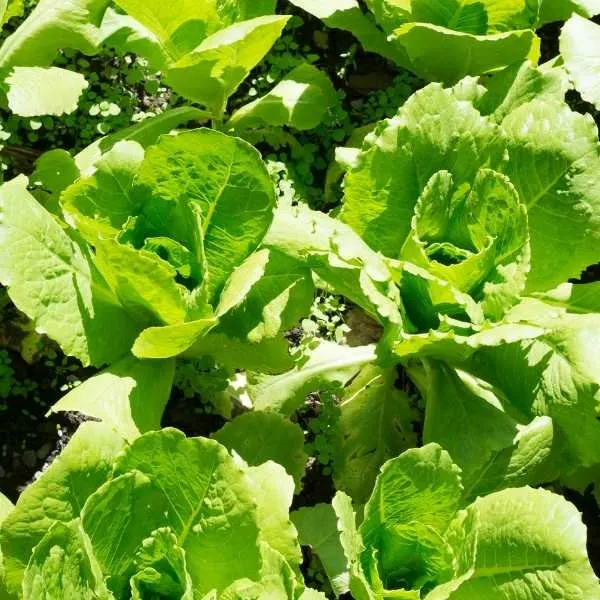
Lettuce is a leafy green vegetable that is a favorite in salads or on sandwiches. There are several endless varieties of lettuce with leaf lettuce being the most popular for home gardeners.
When planting lettuce you are going to want to plant early so that they are ready to harvest before the summer heat wave arrives.
Lettuce grows best in zones 2a through 11b and takes 5 to 8 weeks to fully mature. Plant your lettuce in rich well-drained soil in an area that gets full or at least partial sun.
#9. Broccoli

Broccoli is a healthy vegetable that can be enjoyed in a number of ways. The part of the plant we enjoy and call broccoli is actually the buds of the broccoli flower. While most broccoli is green there are some varieties that are purple in color.
Broccoli can be enjoyed in a number of ways including steamed or roasted. It can also be an ingredient in casseroles, stews, and soups.
Broccoli can be grown in zones 2 through 11. You will want to plant your broccoli in a sunny spot in loamy well-drained soil 2 or 3 weeks before the last frost date. Your broccoli will be ready to harvest in around 100 days.
Final Thoughts on the Best Vegetables to Sow in May
Please keep in mind that the discussion of the vegetables mentioned above to be planted in May is based on general information and may differ depending on the specific zone that your garden is located in and how fast temperatures raise in your region.
